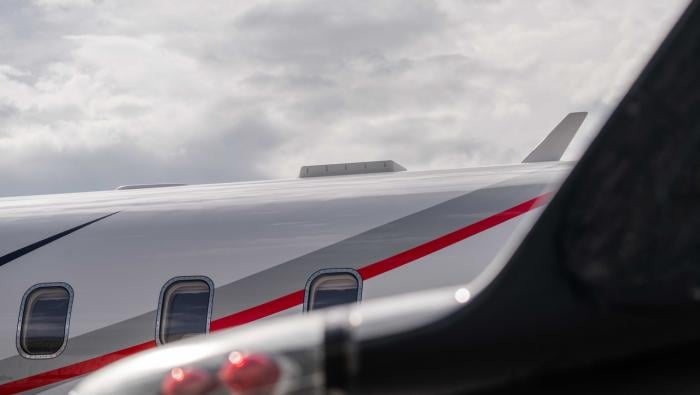The age-60 rule for U.S. commercial pilots has been changed to age 65, which will allow the U.S. to be consistent with most of the aviation world. It will also help, in the short term, to mitigate the manpower problems facing commercial aviation. Unfortunately, there isn’t an easy solution for the shortfall of certified maintenance personnel, as many of them already work past age 65.
The blue ribbon panel on aviation predicted that there would be a shortage of mechanics several years ago, but the events of 9/11 changed that timetable. Since then aviation has made a slow and painful recovery. However, much of the technical talent that was let go as a result of the downturn has moved on to other industries and, based on what I have been told, not many of the technicians who have left the industry are returning. For many of these certified mechanics, the six years they have invested in the new company is enough to make them stay, rather than return to weathering the ups and downs of the commercial aviation business.
In the same time, business aviation has grown tremendously and some former airline employees have migrated to the sector; the manufacturers’ service centers are among their new roosts. These service centers are now feeling pain as they watch their employees return to the airlines for the higher pay there.
In the past, mechanics were among the most stable of employees, but the ups and downs of aviation have changed that forever. I am also hearing more mechanics say that they are following the lead of their senior management: changing jobs every few years to clamber up the pay and position ladder. This path for self-improvement has always been in our industry to some extent, but it seems to be talked about much more frequently now.
At the same time, business aviation can’t count on the services for a steady stream of mechanics because the military is also holding onto mechanics by offering them bonuses to stay. It is also sending to commercial facilities a substantial amount of repair work that competes with commercial aviation for space and qualified manpower.
There is a noticeable increase in opportunity available to anyone willing to shop around. Several months ago, at a conference for PMA parts suppliers, I was surprised by how many certified mechanics now work in that segment of our industry, providing reasonably priced spare parts and no longer turning wrenches. That is a career path that has opened in the last few years.
Attracting New Talent
These changes come at a time when the supply line for new certified mechanics is thin. The most recent numbers I have seen indicate that we have lost about 100 Part 147 A&P schools over the last seven years or so. At one time we were producing 12,000 new A&P mechanics a year. Last year that number was less than 6,000, according to figures announced at a recent FAA-sponsored meeting.
Over the past few years the industry and the FAA have launched some programs to boost the number of student starts in Part 147 certified schools. While small and regionally focused, these efforts have had some success.
A recent meeting hosted by the FAA to expand and coordinate the efforts into something resembling a national program was well attended by almost every aviation organization. Notably missing, however, were any representatives from the airline industry, perhaps because the airlines, mindful of their past successes in luring talent away from the rest of aviation, don’t think they have a problem.
During this meeting there was discussion about what should be included in the training syllabus; it was clear that each specialty of aviation wants the newly certified mechanic to be ready to enter that segment without any additional training. When I entered the aviation industry, I was told I would be required to receive additional training as long as I was working in aviation. I don’t see how the Part 147 schools will ever be able to meet that expectation fully.
I think the shortfall in producing enough certified mechanics will raise the pay of current technicians and change the way they are used within the workplace. We might well see a certified mechanic leading a group of task-trained people in accomplishing the required tasks. This process is used in some of the countries where heavy maintenance work is being performed on N-registered aircraft today.
I will continue to report to you on the activities of this group, and I need you to continue to let me know your thoughts on this crucial topic. Send your comments to
gogliaj@yahoo.com.







